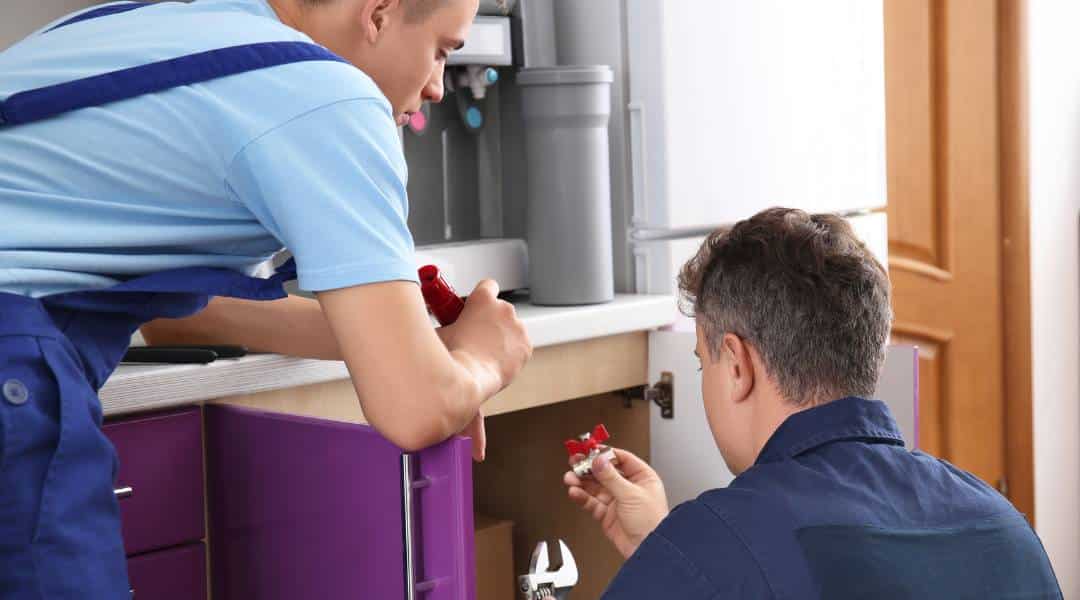When plumbing emergencies strike in a business, swift action is key to protecting your commercial property. Water damage waits for no one; thus, immediate steps are essential to safeguard assets and minimize potential costs. Understanding how to promptly manage such incidents can turn panic into peace of mind.
Essential measures include cutting off the water supply quickly and effectively while reaching out to skilled professionals equipped for emergency responses 24/7. Keeping a trusted plumber’s contact information at hand ensures that expert assistance is only a call away during crucial moments.
Identify Common Plumbing Issues
When you spot water where it shouldn’t be, such as a few inches pooling on your floor or damp drywall crumbling away, take action immediately. First off, shut the nearest source of water to stop further flow; this could mean twisting the valve behind your toilet or cutting off main supply for bigger leaks. Remember to switch off your water heater too—if it’s gas-powered, kill the gas first to prevent damage from overheating or bursting.
For minor drips that are within reach and identifiable, grab some plumber’s tape from your toolbox and try sealing them up temporarily. Wrapping rags around leaky pipes can also curb damages until help arrives—just ensure these quick fixes are communicated with arriving professionals so they’re checked promptly. Don’t forget crucial steps like opening drains to soften any pressure build-up and avoid overspills.
This helps mitigate losses and ensure safety during emergencies until professional assistance takes over.
Quick Response to Water Leaks
In the event of a water leak, immediately shutting off the water supply is crucial. Locate shut-off valves under sinks or on the cold water line entering your water heater and turn them clockwise to halt the flow. Employ a temporary fix using push-to-connect fittings or sealing compounds if needed.
These are designed for quick repairs without special tools, halting leaks temporarily until professional help arrives. Always prioritize safety by turning off electricity at the main breaker if there’s a risk of contact with wires or outlets—water and electricity mix dangerously.
If you encounter minor issues like small leaks, you might manage with DIY methods from kits equipped with essentials such as hose clamps and plumber’s tape. However, for serious situations like burst pipes, seeking professionals promptly saves further damage.
Preventative Maintenance Strategies
Preventative maintenance is essential in avoiding plumbing emergencies that disrupt business operations and cost money. Regular checks can prevent unexpected issues, such as burst pipes or blocked toilets, which interrupt daily activities and potentially close your facility for repairs. With the US companies losing about $50 billion annually to unplanned downtime, it’s clear that neglected maintenance is a costly affair.
Furthermore, unresolved plumbing problems can lead to unhappy employees due to an uncomfortable work environment; this aggravates staff turnover costs significantly during labor shortages. In customer-facing businesses like restaurants or retail stores, minor issues like out-of-order restrooms negatively impact reputation and customer satisfaction—highlighting why preventative strategies are vital.
These proactive measures not only save 12-18% on repair costs but also ensure operational efficiency by minimizing disruptions allowing a safer space for both workers and clients alike while keeping future expenditures predictable.



